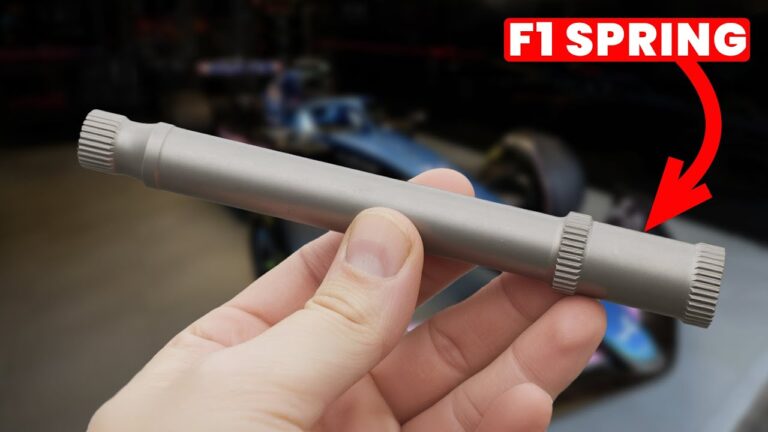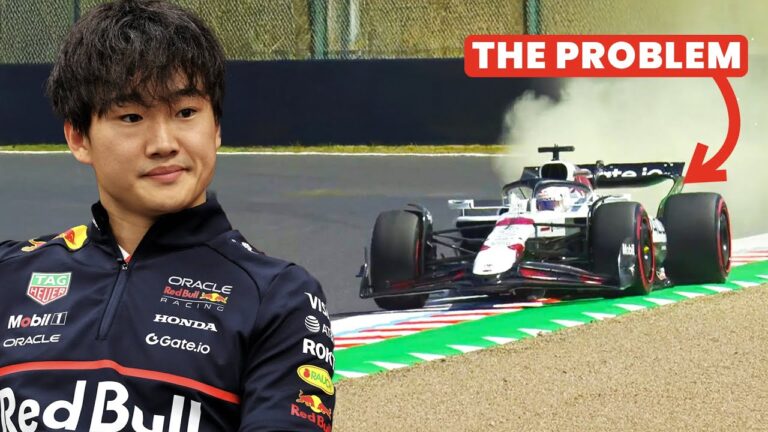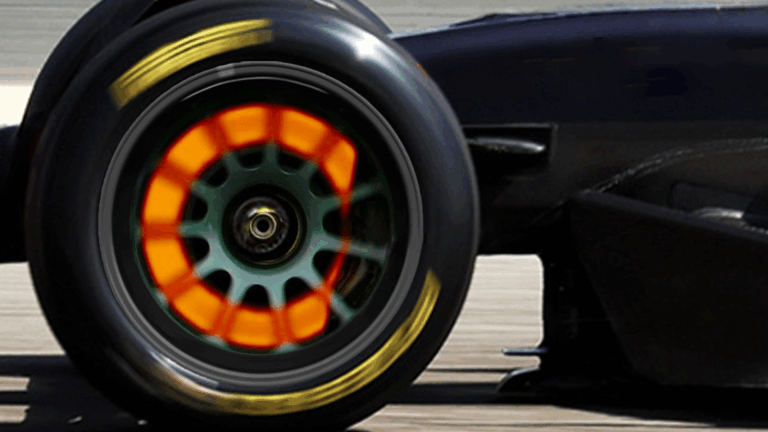
In motorsport, precision is everything. Watching Jenson Button pilot a Super GT car, his steering inputs reflect a mastery of smooth driving that defined his Formula 1 career. Button’s style raises an essential question: is smooth really faster? The answer is more nuanced than it seems.
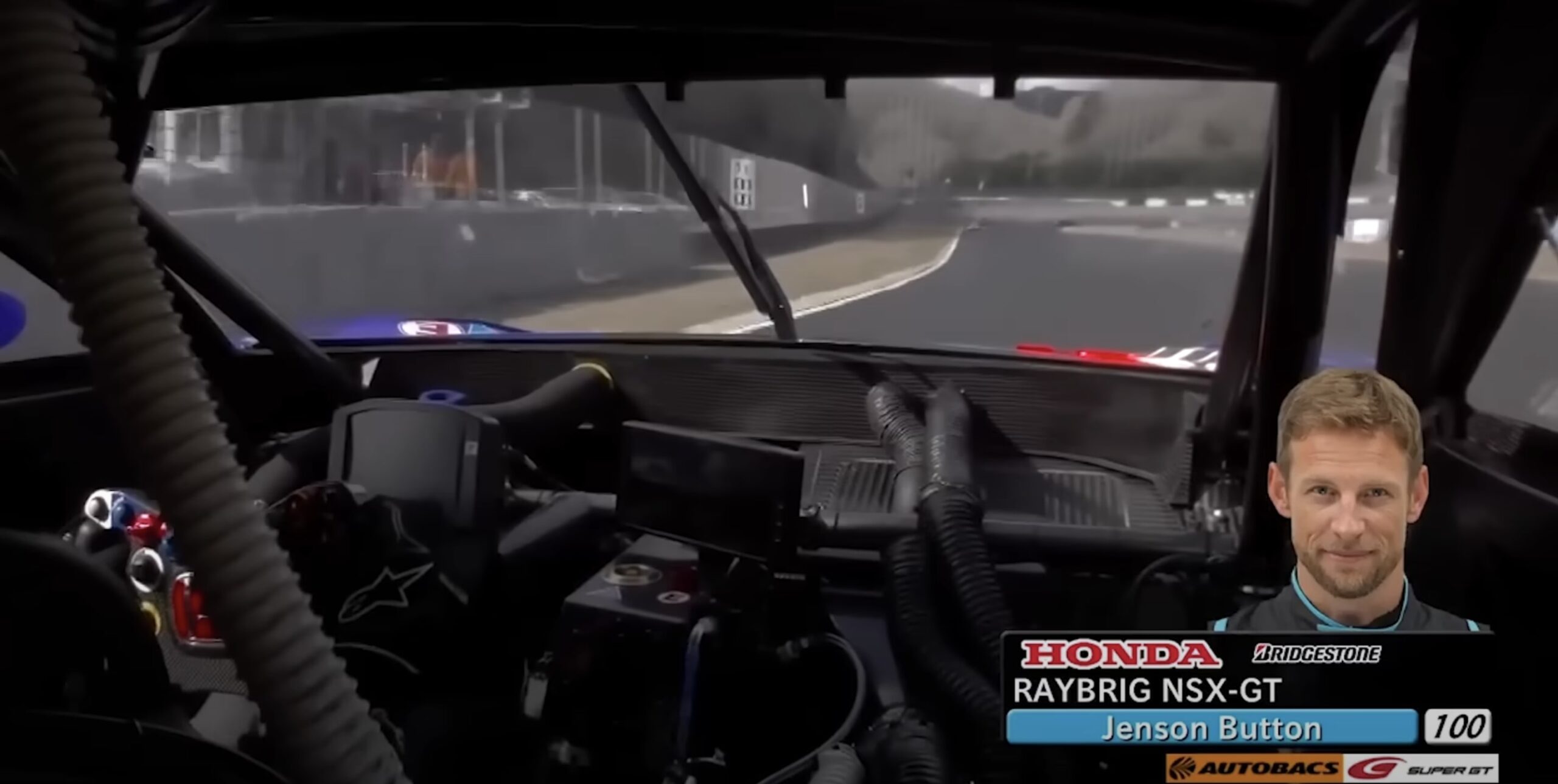
The Two Driving Styles
Drivers in Formula 1 often fall into two categories: aggressive and smooth. The aggressive style, seen in drivers like Fernando Alonso, Sebastian Vettel, and Michael Schumacher, involves sharp steering inputs and forceful cornering techniques. It creates spectacular on-track moments but requires acute reaction times to manage the car’s balance.
On the other hand, smooth operators like Jenson Button and Alain Prost exhibit a calmer, more calculated approach. These drivers prioritise balance and control, appearing almost serene behind the wheel. Button’s career epitomises this method, marked by consistent tire management and an ability to excel in variable conditions.
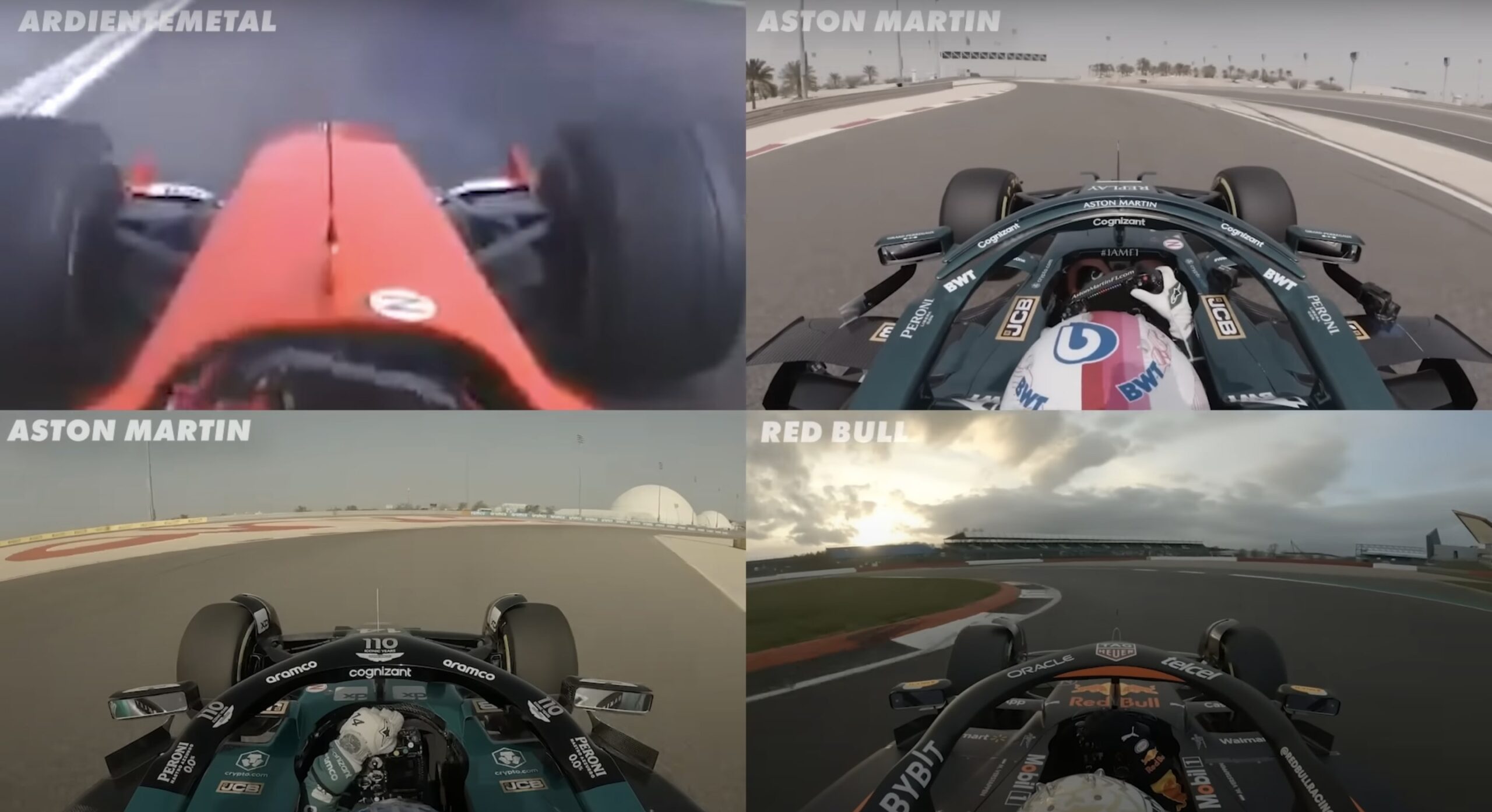
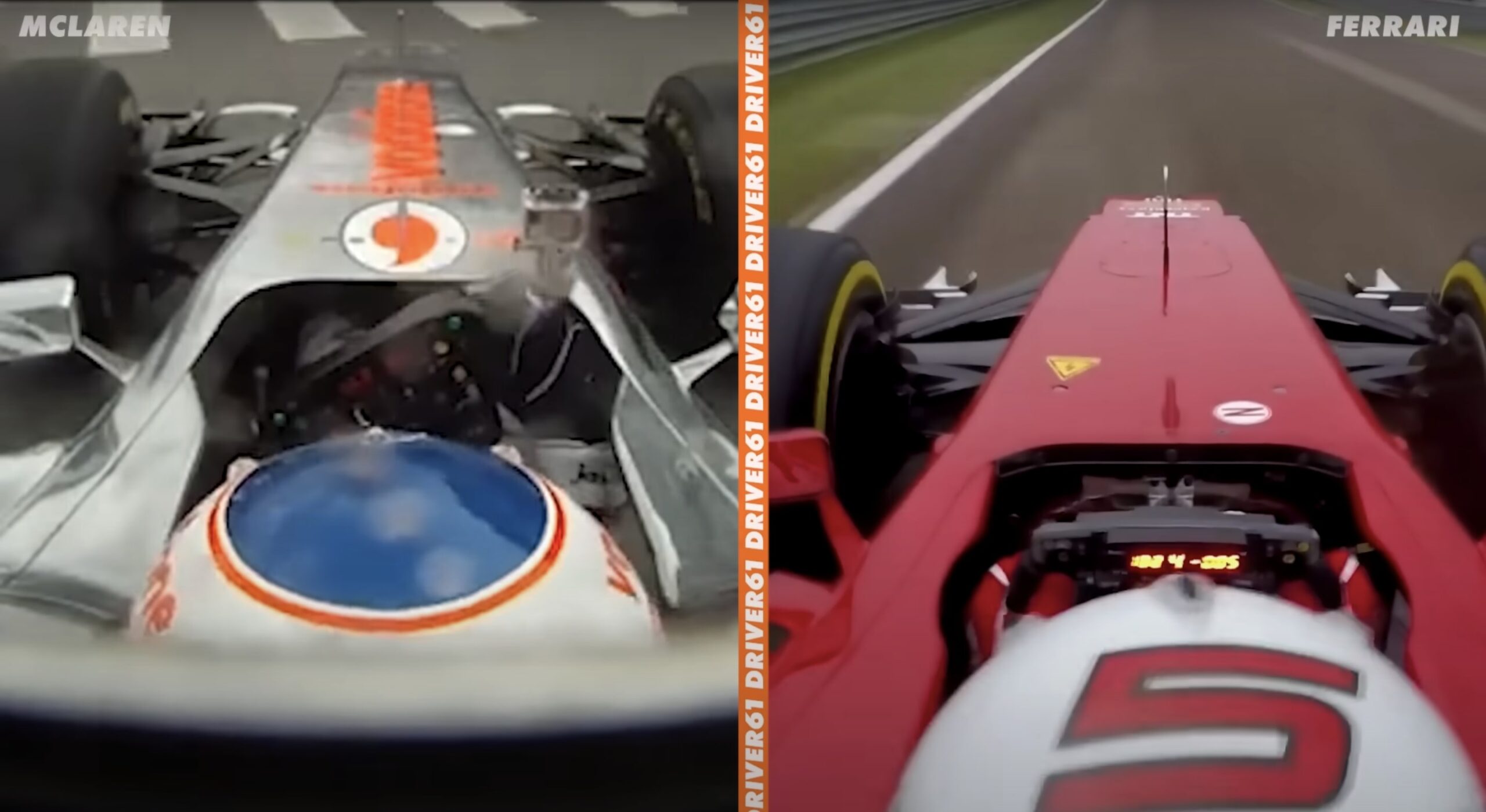
Karting Roots: The Foundation of Smooth Driving
Button attributes his smooth driving style to his karting days, where engines lacked significant power. Maintaining high RPMs was essential for cornering speed, requiring seamless inputs on the steering wheel. By minimising abrupt movements, Button maximised cornering efficiency, a principle that carried into his professional career.
This style favours a geometric racing line—a smooth, wide arc through corners designed to sustain momentum. In karting, where power is limited, this approach delivers a decisive advantage.
Smooth Driving vs. Formula 1’s Demands
In Formula 1, the geometric line isn’t always ideal. Circuit layouts often reward late braking and tighter corner exits to maximise straight-line acceleration. Aggressive drivers like Max Verstappen and Schumacher excel in this “V-shaped” trajectory, sacrificing mid-corner speed for better acceleration on exits.
Button’s approach adapted to Formula 1, blending elements of smoothness with situational aggression. While not the fastest in qualifying laps—a domain where aggressive styles shine—his ability to manage tires and maintain consistent lap times proved invaluable over race distances.
The Science Behind Smoothness
Smooth driving is not just aesthetic; it’s rooted in physics. Aggressive steering inputs transfer weight abruptly between tires, unbalancing the car and reducing overall grip. Conversely, smooth inputs maintain balanced loads across all four tires, preserving grip and enabling higher cornering speeds.
This technique also benefits tire preservation. Smooth transitions reduce scrubbing and overheating, extending tire life—critical in modern Formula 1, where tire degradation often dictates strategy.
Jenson Button’s Unique Strengths
One of Button’s standout skills was his adaptability. His smooth steering contrasted sharply with his frenetic footwork. According to McLaren engineer Tom Stallard, Button’s feet worked overtime to balance the car, seamlessly modulating throttle and brake inputs to manipulate grip through corners.
This ability shone brightest in changeable weather conditions. Button’s intuitive feel for grip and tire behaviour allowed him to make bold calls, such as switching to slicks earlier than rivals, often gaining significant advantages.
Drawbacks of Smooth Driving
Despite its merits, smooth driving has limitations. Button struggled in qualifying, particularly with Pirelli-era tires that required aggressive inputs to generate heat. Drivers like Lewis Hamilton could exploit this weakness, braking later and harder to activate their tires for optimal performance in single-lap scenarios.
Lessons for Drivers
Whether you’re racing professionally or in a simulator, Button’s style offers valuable insights. Smooth steering inputs help maintain balance and tire longevity, while adaptive pedal work fine-tunes the car’s behaviour.
Understanding when to adopt smoothness and when to be aggressive—like Button’s approach to race starts or heavy GT cars—is key to mastering motorsport dynamics.
Conclusion
Smooth may not always be faster in Formula 1, but it’s often smarter. Jenson Button’s career showcases how balance, precision, and adaptability can triumph over raw aggression. For engineers and enthusiasts, his approach underscores the importance of understanding both the car and its limits—proving that sometimes, the smooth path leads to victory.




